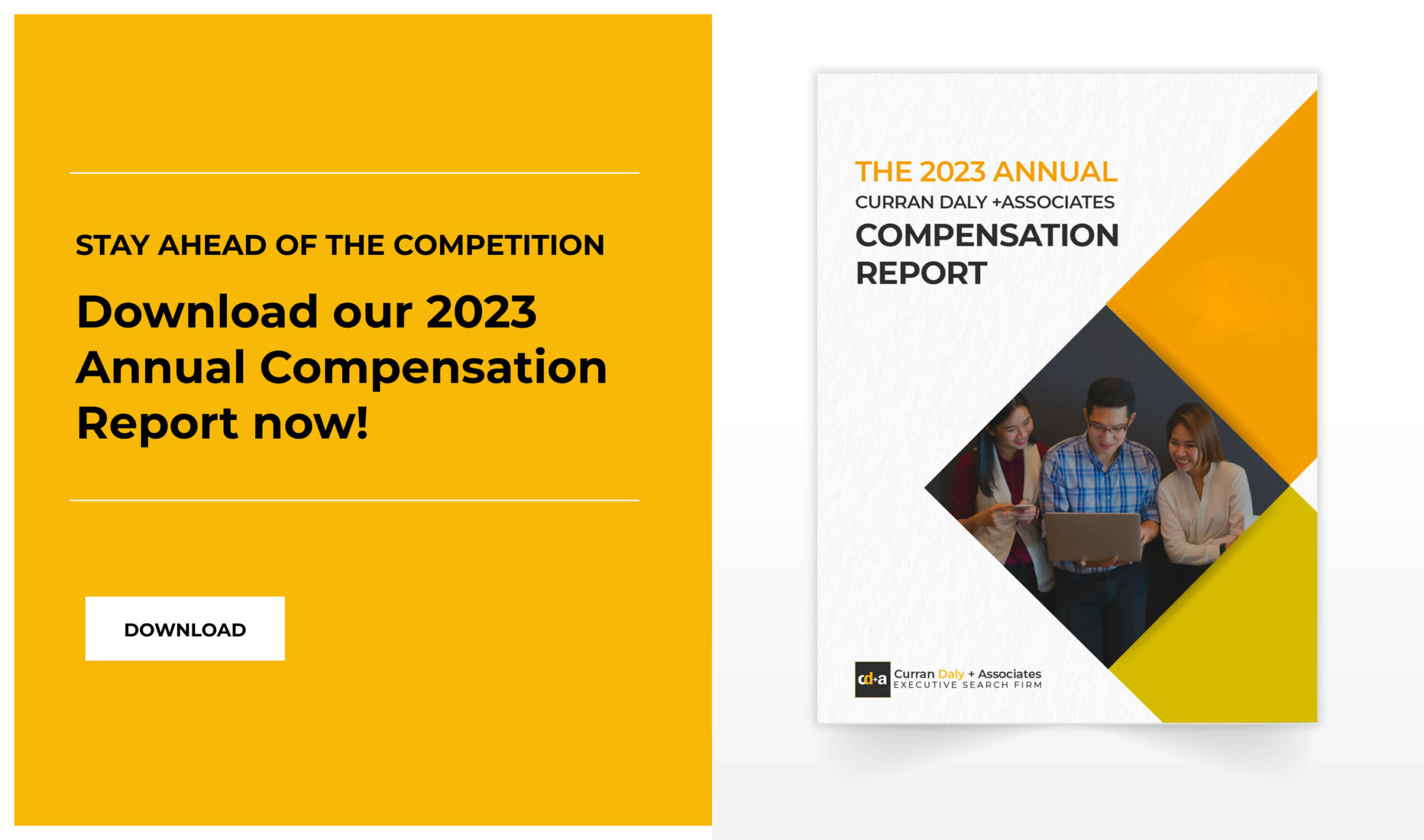- The rising economic performance and positive growth of the Philippines have led to the necessity for massive infrastructure development in the Philippines.
- This demand, along with the rest of the infrastructure investments of the government, will drive the national economy to grow in the next few years.
- The Philippine government, while working with the private sector, continues to push for more infrastructure projects to meet the demand and create more jobs for Filipinos.
- With the government’s commitment to improving infrastructures, the market is most attractive for those who want to invest in the country.
When it comes to economic growth, the Philippines has been continuously in the list of the best performing economies in Asia despite the increasing risks of high inflation rates.
The International Monetary Fund has forecasted a 6.6% economic growth outlook in 2019. This is followed by reports of growth in terms of inclusivity and sustainability observed by the World Bank.
This good news is attributed to the government’s Build, Build, Build (BBB) program which aims to accelerate infrastructure spending and develop existing industries that could create more jobs and improve the lives of Filipinos.
At present, 44 out of the 75 proposed projects under the BBB have already been implemented thanks to the keen eye and strong political will of the current government. On top of this, the Department of Trade and Industry has recorded a staggering Php 31.8 billion of approved foreign investments as of January 2019, a significant increase from the Php 18.2 billion in 2017.
These are but some of the likely changes in the Philippine economic landscape that makes the country an attractive market for foreign investments. What else is happening in the country?
The domestic space
Academic Richard Javad Heydarian in an interview with Forbes Magazine said that although the country has outgrown the mediocre growth patterns, “the country’s growth has been shallow and far from comprehensive, leaving high levels of unemployment, poverty, and hunger relatively untouched.”
The state of the existing infrastructure in the Philippines is the country’s Achilles’ heel. Therefore, adding more infrastructure investments is imperative to drive growth in the national economy over the next few years and also to lift many citizens out of poverty.
As employment opportunities in construction and infrastructure sectors grow exponentially in the coming years, a real shortage of talent will quickly become apparent, especially by the middle to the top end for engineering professionals.
The success of project delivery will, therefore, be a function of the quality and availability of highly skilled professionals in country project management teams.
To be more competitive, the government has been bringing up solutions to some major policy concerns, especially in these two sectors – both of which are known to give more employment opportunities.
1. Information technology and internet service
Under the Duterte administration, the country’s foreign participation increased as efforts to improve the state of the telecom and power sectors were encouraged.
To address this major industrial policy concern, Mislatel Consortium, a third Telecommunications player, was introduced to break the duopolistic situation as well as the country’s worsening internet reputation in Asia.
By allowing new players to enter, more foreign investors can compete for the service. An increase in foreign investments, as well as better infrastructures, are projected to boost the economy gradually.
2. Banking and credit
The banking sector in the country is expressing very positive features, with a double-digit credit growth from 2013-2017. The industry also has very notable scores in different stability indicators.
Cost-effectiveness is also seen to improve with credit growth in the coming months. According to the Oxford Business Group, the banking sector is considered to be highly liquid and well-managed, even when credit concentration to some industries have become a concern.
Overall, positive prospects are seen for the country as poverty rates decline and employment rates rise. However, even as these sectors are forming the benchmark of the economy, there is still much room for improving the critical informational infrastructures (CIIs) of the country.
Why invest in infrastructure?
The European Union Agency for Network and Information Security (ENISA) defines CIIs as “ICT systems that are Critical Infrastructures for themselves or that are essential for the operation of Critical Infrastructures (telecommunications, computers/software, Internet, satellites, etc.)”
CIIs, therefore, are physical or virtual assets that comprise systems and networks so vital that their destruction would destabilize and have profound negative effects on a country’s overall national security and public order.
With a positive investment outlook for the Philippines in 2019, improvement of CIIs to meet domestic demand, especially in the information technology and communications sector easily guides the country to a golden age of infrastructure.
Towers, then, are physical CIIs that enable a lot of multisectoral processes to be made. They serve an important purpose of enabling communication among businesses, public organizations, the government, as well as of individuals like us.
Indeed, concrete, steel, and fiber-optic cables are essential building blocks of the Philippine economy. In turn, infrastructure enables trade, businesses, as well as workers to have jobs and be able to take opportunities.
From private investments to public spending, a secure infrastructure is the backbone of achieving an important national goal – a healthy economy that would provide employment opportunities for Filipinos over the next decades.
Why invest in the Philippines?
There are many reasons why investing in the Philippines is worth it. Literature and data show how the Philippine market has been attracting foreign direct investments in the previous years.
For one, the Philippines is now embarking on a massive investment in infrastructure attributed primarily to the government’s ‘Build Build Build’ program.
Besides, the FDIs on major infrastructure projects most notably from China’s Belt and Road Initiative (BRI) also has the potential to create tens of thousands of jobs throughout the Philippines.
1. More government attention to infrastructure building
Aside from the BBB, which makes way for the creation of new roads, bridges, airports, railways, and other infrastructure to improve the country’s competitiveness, the Philippine government is doing more.
Through the DICT, there is an expected rollout of at least 50,000 common towers in the next seven years all over the archipelago.
During the first year, the DICT along with the National Telecommunications Commission plans on rolling out 3,000 tower sites, gradually increasing the number after five to seven years.
In addition, the department aims to be more efficient by avoiding the duplication of towers and giving support and assistance to companies and operators in terms of their compliance with legal, regulatory, and administrative requirements.
Better infrastructure means that its fruits of development are not just shared by those in the urban sector but also by those in the rural areas as well.
2. Efforts to reform taxation programs and maintain fiscal discipline
The administration has worked for two tax reforms into law, specifically the Tax Reform for Acceleration and Inclusion (TRAIN) Act and the Tax Amnesty Act – both crucial aspects of spending big on infrastructure building while maintaining fiscal discipline.
What’s great about these reforms to maintain fiscal discipline is how it can push for a more “sustainable, robust, and inclusive economic growth,” according to the Central Bank’s Governor Benjamin Diokno.
3. A sound banking and financial system
The Japanese Credit Rating (JCR) Agency is so close to giving the Philippines a single-A credit rating as it upgraded its outlook on the Philippines to BBB+ positive from BBB+ stable.
The upgrade was because of the “government’s twin efforts to accelerate infrastructure development and boost revenues through tax reform,” said the government’s Investor Relations Office (IRO).
In terms of banking, JCR also noted how the country only has low exposure to bad debts in 2018.
The report from JCR also attributed its ability to push for infrastructure development efforts to the country’s improved budget execution rate brought by the budget reforms enacted.
4. There is a push from international institutions
International institutions are pushing as well for the construction of more infrastructure in the Philippines, as these can connect supply chains and freely move goods and services across borders.
World Bank, for example, advocates for infrastructure investments in the country to enable the success of the Sustainable Development Goals, a set of global standards for more inclusivity and sustainability introduced by the United Nations in 2015.
In their Beyond the Gap report, the institution recommends that spending for renewable energy development should be included as well, in the interest of promoting sustainability in the long run.
Moreover, the Asian Development Bank has also shown that the country needs to increase tax collections by 5.9 to 9.6% until 2030 to be able to spend on welfare services with the SDGs in mind.
While these suggestions seem to be more on the social side, no development is ever complete without keeping in mind the overall welfare of the people.
Many observers comment on how the country’s commitment to infrastructure acts as a significant catalyst for its economic growth as well as of the continued confidence of its investors.
With an expected fast-moving industry in the coming years, now is the right time to pour investments into the country and unlock its potential.
Looking for talents for your team?
With the increasing inflow of foreign investment and construction projects growing exponentially in the Philippines, allow Curran Daly to help you fulfill your critical staffing needs.
Curran Daly & Associates is the most trusted and sought-after executive recruitment and search firm in the Philippines.
We can help and guide you to match the right person to fill roles in your company with top-notch candidates, especially for executive roles.
Do not let your recruitment needs limit the capacity of your investment to deliver your infrastructure projects on time and within budget. Partner with us to meet your manpower needs and feel free to contact us in the strictest of confidence by clicking here!
References
ASEAN Briefing. (2018, December 14). The Philippines investment outlook for 2019. Retrieved from https://www.aseanbriefing.com/news/2018/12/14/philippines-investment-outlook-2019.html
Business World Online. (2019, April 29). Japanese debt watcher raises PHL outlook to ‘positive’. Retrieved from https://www.bworldonline.com/japanese-debt-watcher-raises-phl-outlook-to-positive/
European Union Agency for Network an information. (2019). Critical information infrastructures. Retrieved from https://www.enisa.europa.eu/topics/critical-information-infrastructures-and-services/cii
Lopez, M. (2019, February 22). WB pushes 4.5% of GDP infrastructure spending. Retrieved from https://www.bworldonline.com/wb-pushes-4-5-of-gdp-infrastructure-spending/
Puentes, R. (2019). Why Infrastructure Matters: Rotten Roads, Bum Economy. Brookings. Retrieved 9 July 2019, from https://www.brookings.edu/opinions/why-infrastructure-matters-rotten-roads-bum-economy/
Raposon, J. (2019). Net foreign direct investments (FDI). Retrieved from https://www.dti.gov.ph/resources/statistics/net-foreign-direct-investments-fdi
Valdez, D. (2019, February 22). Infrastructure demand lures tower companies. Retrieved from https://www.bworldonline.com/infrastructure-demand-lures-tower-companies/









0 Comments